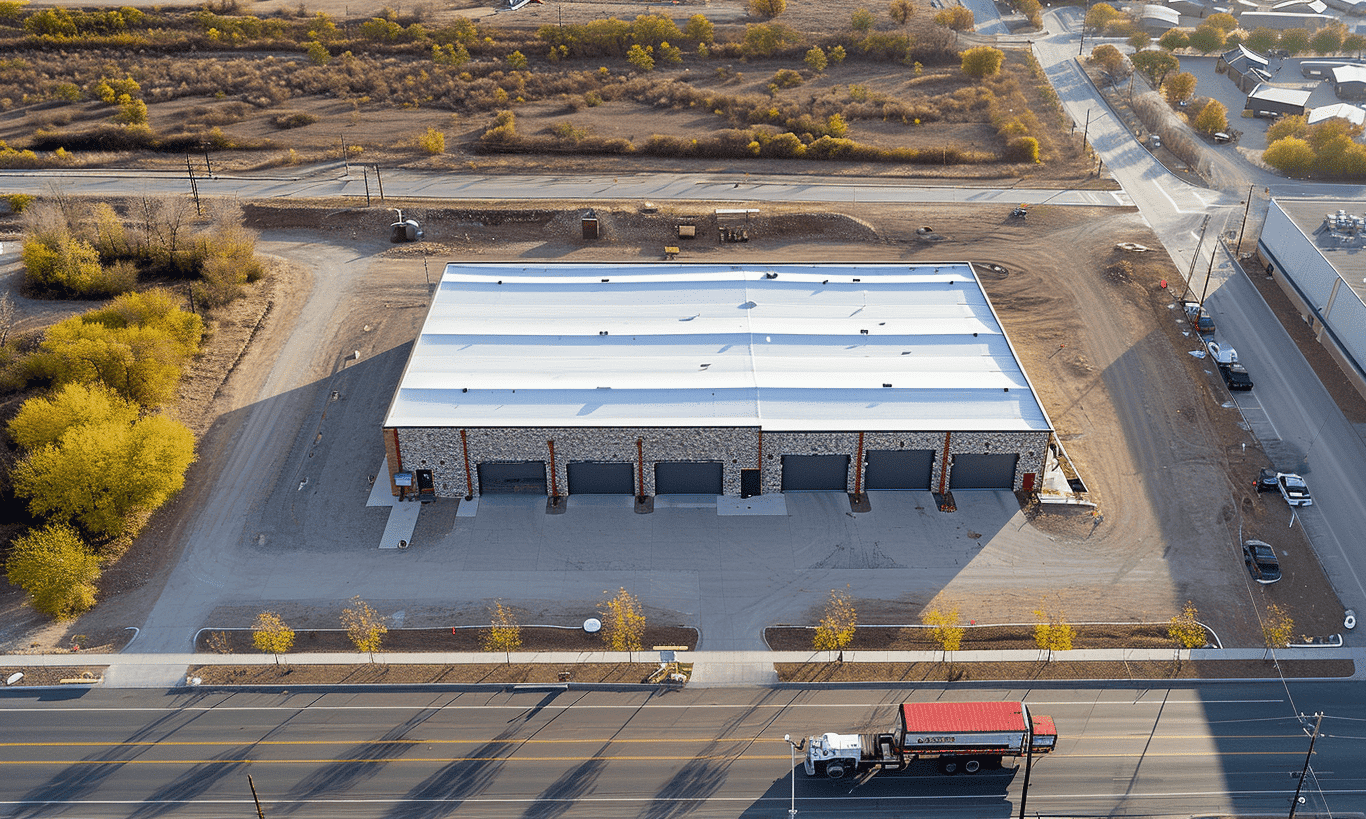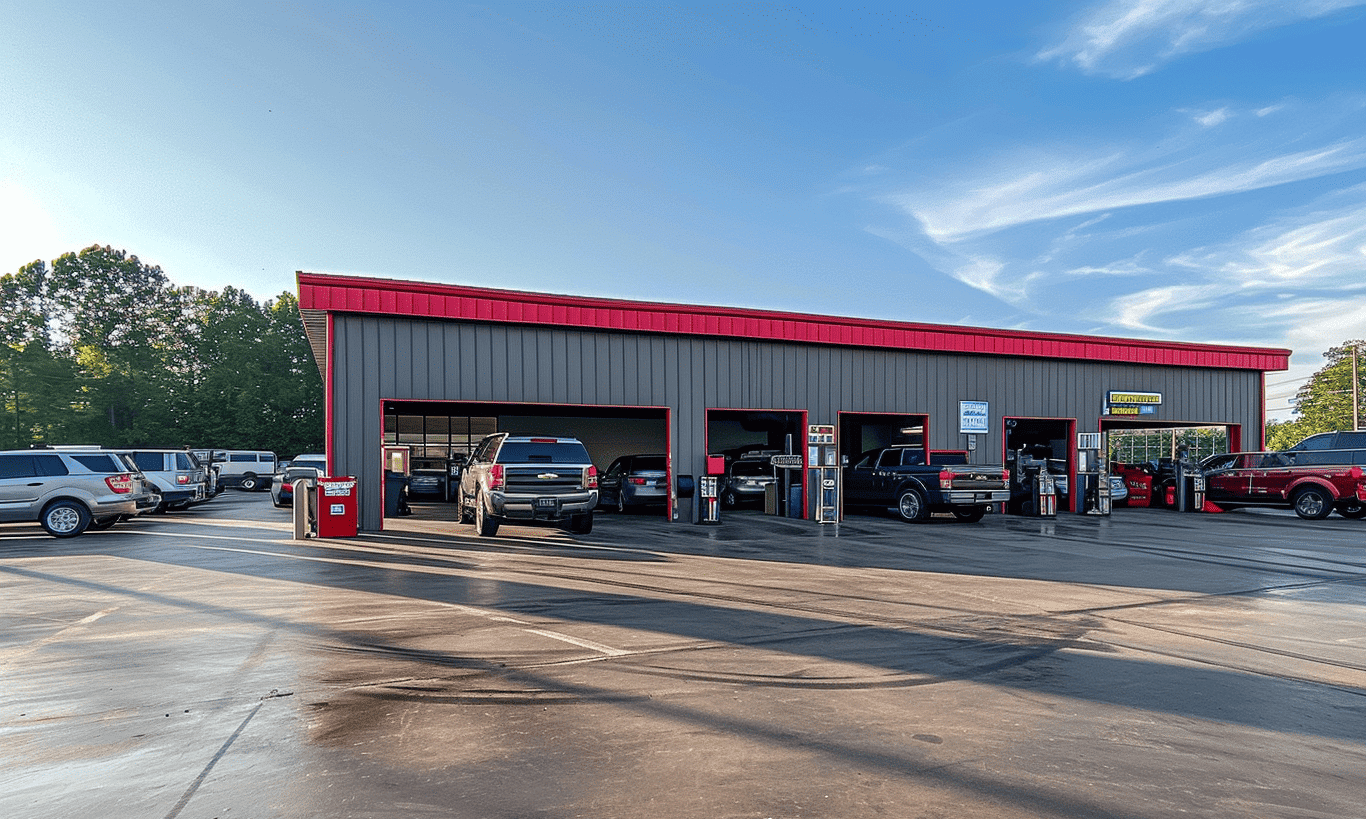Engaging in a DIY painting project can be likened to embarking on a colorful journey. As exciting as this might feel, it’s important to know the right path to take to avoid those annoying blunders that can ruin an otherwise fantastic outcome. Today, we delve into some common DIY painting mistakes that you can sidestep to ensure your paint job reflects the masterpiece you initially envisioned.
Embarking on a painting project without foresight is like diving into a sea without knowing how to swim—risky and potentially disastrous. Fortunately, by implementing the right painting techniques, you can transform your project from a chaotic mess into a serene work of art.
Choosing the Wrong Paint and Finish
Ever walked into a room only to discover that the paint color seemed off? The choice of paint is where many DIY enthusiasts trip over. The wrong paint type or finish can render your hours of hard work ineffective. It’s key to distinguish between paints meant for different parts of your home—ceilings, walls, and trim often require distinct products.
To solve this, always perform a *patch test* first. This is analogous to test driving a car before buying it—a small sample can save you from grand regret. While at it, consider checking out some vital Painting techniques that experts swear by, and elevate your DIY game.
Ignoring Surface Preparation
Surface preparation is like laying the foundation for a skyscraper. Would you skip the foundation and expect the building to stand upright? Similarly, painting without preparing the surface is a sure recipe for failure. The common oversight here is painting over dirty, wet, or greasy surfaces. Before painting, ensure surfaces are cleaned, sanded, and primed. Accumulated dust or gloss can deter paint from adhering properly, leading to peeling.
Underestimating the Power of Primer
Primer might sound like an optional, elusive step, but in reality, it’s the undergarment of your paint project. Skipping this crucial step is a widespread DIY painting mistake. Without primer, paint can’t cling onto surfaces like it’s meant to, especially on new drywall. Primer sets the stage by sealing porous surfaces, giving the paint a firm grip. Next time you pick the paintbrush, think of primer as the unsung hero of a perfect finish.
Misjudging the Required Paint Quantity
Calculating the correct paint quantity is like pulling off a magic trick—it takes expertise! Running out of paint midway can disrupt your progress and lead to mismatched batch colors. On the other hand, overestimating the paint required can burden your budget unnecessarily. To avoid these pitfalls, calculate the precise area to be covered, considering wall bumps and crevices.
An accurate estimation balances cost-efficiency and outcome. Sometimes, a good rule of thumb is to go for a bit more than your calculations indicate, accounting for mishaps or future touch-ups.
Neglecting the Right Painting Tools
Imagine baking a cake with a spoon instead of a mixer. The result? A textured mess. The same principle applies to painting. Using the wrong tools—like cheap brushes or unsuitable rollers—results in uneven finishes and lint-laden walls. Get quality brushes suited for different strokes, and ensure your rollers are appropriate for your paint type and surface.
Investing in the right tools might seem trivial, yet it’s a sure way to bridge the gap between amateur and professional output. This is invaluable for any Custom Building Projects where precision and excellence define the outcome.

Incorrect Tape Application
Like an artist’s canvas, your painting surface demands well-defined borders. Incorrect masking—either by applying tape too late or removing it prematurely—can blur lines and ruin your design. Ensure that tape is securely fastened before painting, and swiftly remove it at a 45-degree angle when the paint is semi-dry. This technique ensures that you attain clean, crisp edges capable of transforming your space into a gallery-worthy spectacle.
Overloading on Paint
Conversely, less is often more. Layering gobs of paint onto a brush or roller may sound like a time-saving trick, yet it often backfires with drips, bubbles, and unsightly clumps. It’s akin to trying to eat an overloaded ice cream cone—too much of a delightful thing can end messily. Even coats with appropriate drying time between applications ensure a flawless finish and let you build up the color and coverage you need.
Skipping Safety Measures
Safety in DIY painting is not just about donning old clothes. It’s imperative that you use masks and goggles, ventilate the workspace, and protect skin from paint and fumes. Ever heard about some rare but serious paint poisoning cases in enthusiasts? Safety isn’t just an extra layer—it’s the shield preserving your health as you pursue your art.
As you paint, it’s helpful to draw inspiration from resources like the article on Dulux Canada – Painting Mistakes to Avoid, which offers great insights and tips.
Neglecting Required Drying Times
Completing a painting project can feel like crossing a finish line. However, touching up before paint is dry leads to unsightly blemishes and requires repeated attention. Like sweet dough waiting for perfect proofing, drying times need patience. Allocate enough drying time between coats and after finishing to ensure your masterpiece retains its grace.
Conclusion
The essence of a successful DIY painting project hinges not only on the colors and creativity but also on steering clear of common pitfalls. By observing proper preparation, disciplined application, and choosing optimal tools, you avoid winding up with a half-baked project. Utilize the methods shared here to ensure your DIY home projects bloom into the picturesque spaces you’ve always desired. Interested in taking on more projects? Visit Your Building Team for ideas on transforming your space to the next level or delve into other DIY home decor ideas for inspiration. Remember, every project is unique and customizing your approach is the surest path to painting success.










